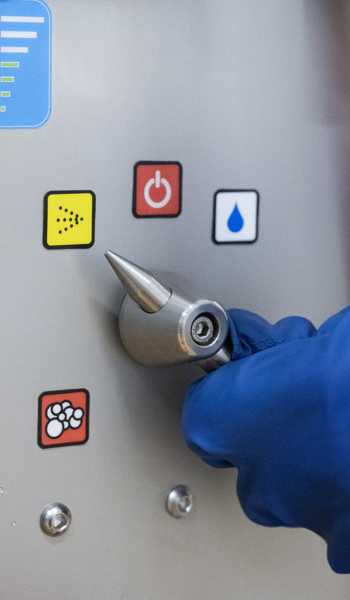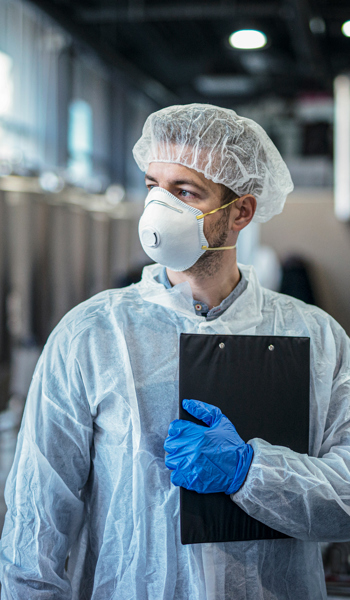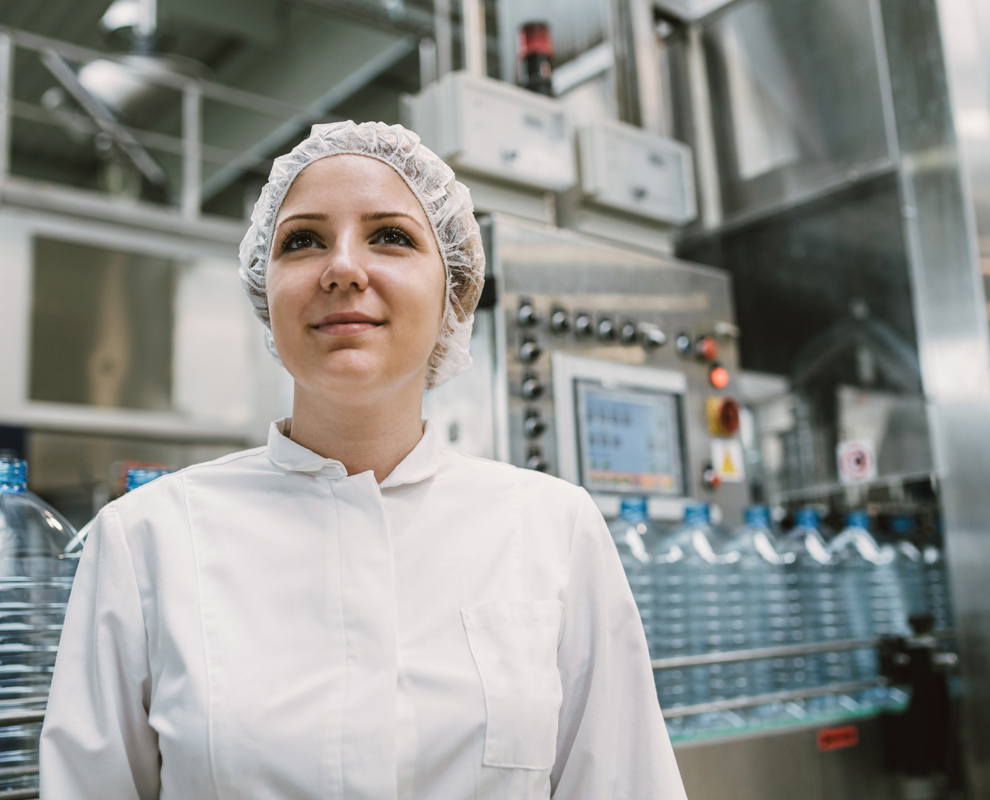

Diverse Methods in Seafood Production: Insights into Salmon, Tuna, Shellfish, and Cod Processing
-
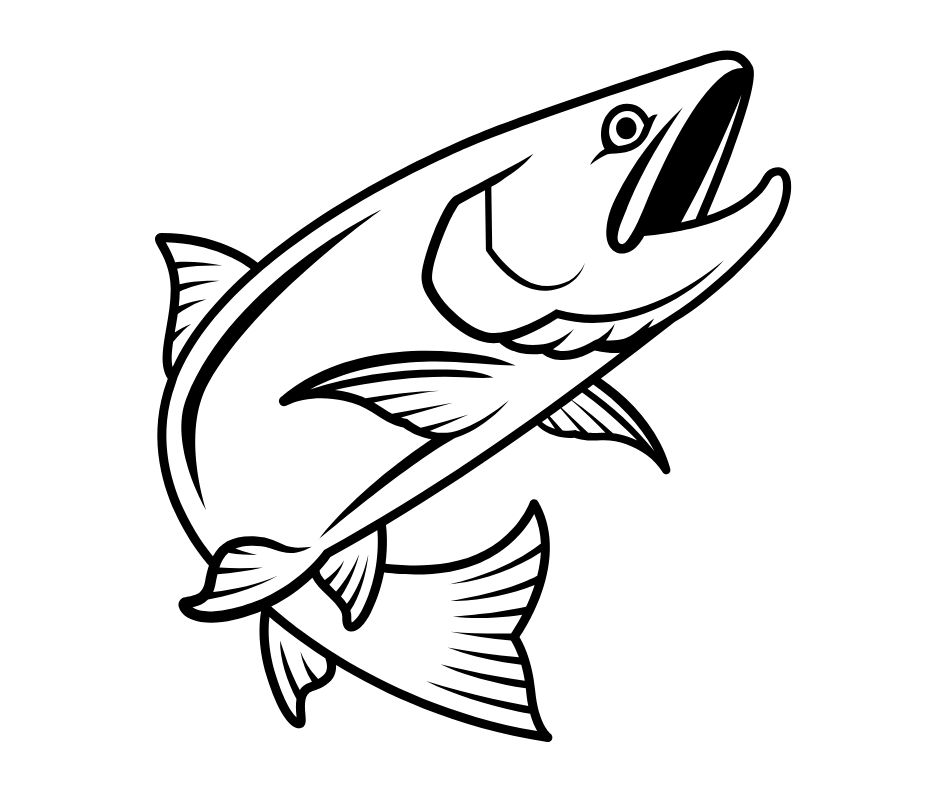
Salmon Processing
In salmon processing, the fish are descaled, gutted, and filleted in a high-throughput environment where cleanliness is paramount to prevent contamination and spoilage. Automated systems ensure consistent quality and hygiene, crucial for maintaining the freshness demanded by global markets. Annually, the salmon processing industry handles millions of tons, producing products like fresh fillets, smoked salmon, and ready-to-eat portions that require stringent cleaning standards at every stage of production.
-

Tuna Processing
The processing of tuna involves extensive cleaning, cutting, and packaging operations, managed within tightly controlled sanitary conditions to ensure product safety. Tuna, often destined for canning, requires thorough washing and pre-cooking to eliminate bacteria before being sealed in cans with oil or brine. The industry's annual throughput highlights the scale at which these processes occur, emphasizing the critical role of effective cleaning systems in managing health risks associated with large-scale seafood production.
-

Shellfish Processing
Shellfish, such as oysters, clams, and mussels, undergo detailed sorting and cleaning processes to remove sand, bacteria, and other contaminants before being packed for sale. The proximity of seafood processing facilities to harvesting sites underscores the need for immediate and effective cleaning to maintain the seafood's safety and quality. With shellfish often consumed raw, the processing facilities are equipped with advanced cleaning technologies to meet high sanitary standards and manage the significant volumes processed each year.
-
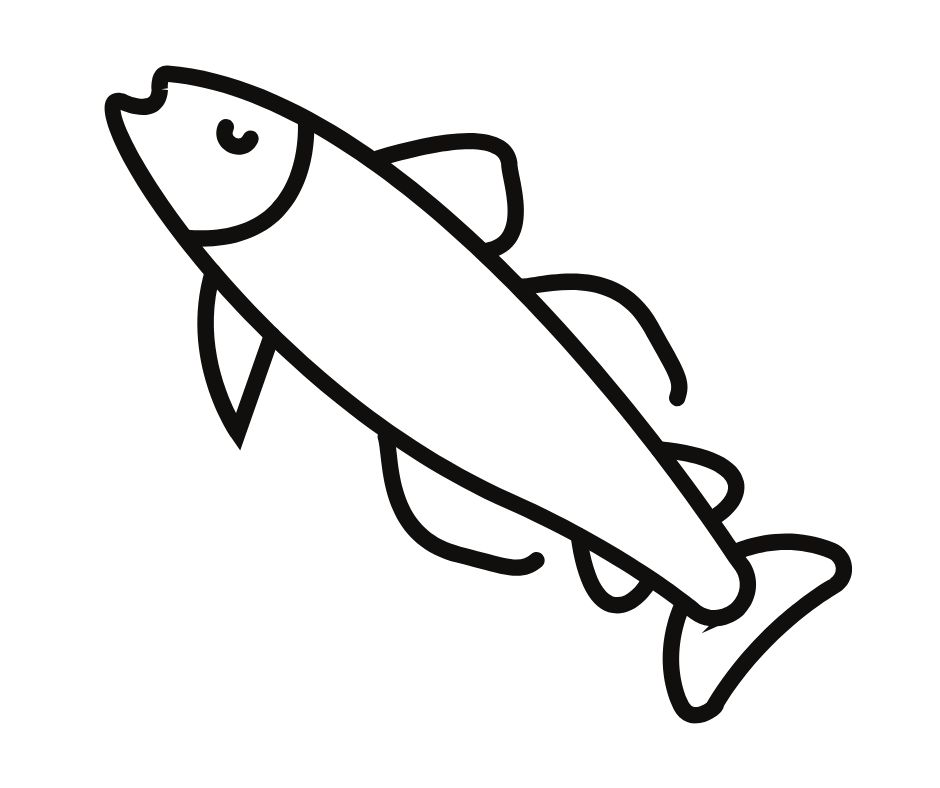
Cod Processing
Cod processing facilities focus on rapid gutting, filleting, and freezing, with cleanliness being a core component of the operations to preserve the fish's natural flavor and prevent bacterial growth. The process involves sophisticated machinery and conveyor systems that are regularly cleaned to avoid cross-contamination. Annual processing volumes are substantial, reflecting the importance of efficient and hygienic processing lines that contribute to the high quality of final products such as fillets and breaded fish portions.

-
 Central Cleaning SystemFoamico's cleaning systems for superior hygiene, safety, and compliance in the food and beverage industry.See solutions
Central Cleaning SystemFoamico's cleaning systems for superior hygiene, safety, and compliance in the food and beverage industry.See solutions -
 Automated cleaning systemNot only does it decrease the overall cost of the cleaning procedure, but it also minimizes the number of laborious and physically demanding cleaning steps, thereby reducing cleaning time and improving cleaning effectiveness.See solutions
Automated cleaning systemNot only does it decrease the overall cost of the cleaning procedure, but it also minimizes the number of laborious and physically demanding cleaning steps, thereby reducing cleaning time and improving cleaning effectiveness.See solutions -
 Food Factory CleaningFood Factory Cleaning Solutions for Superior Safety and Hygiene. Focus on reducing the risk of contamination.See solutions
Food Factory CleaningFood Factory Cleaning Solutions for Superior Safety and Hygiene. Focus on reducing the risk of contamination.See solutions
Want to see what we can do for you?



